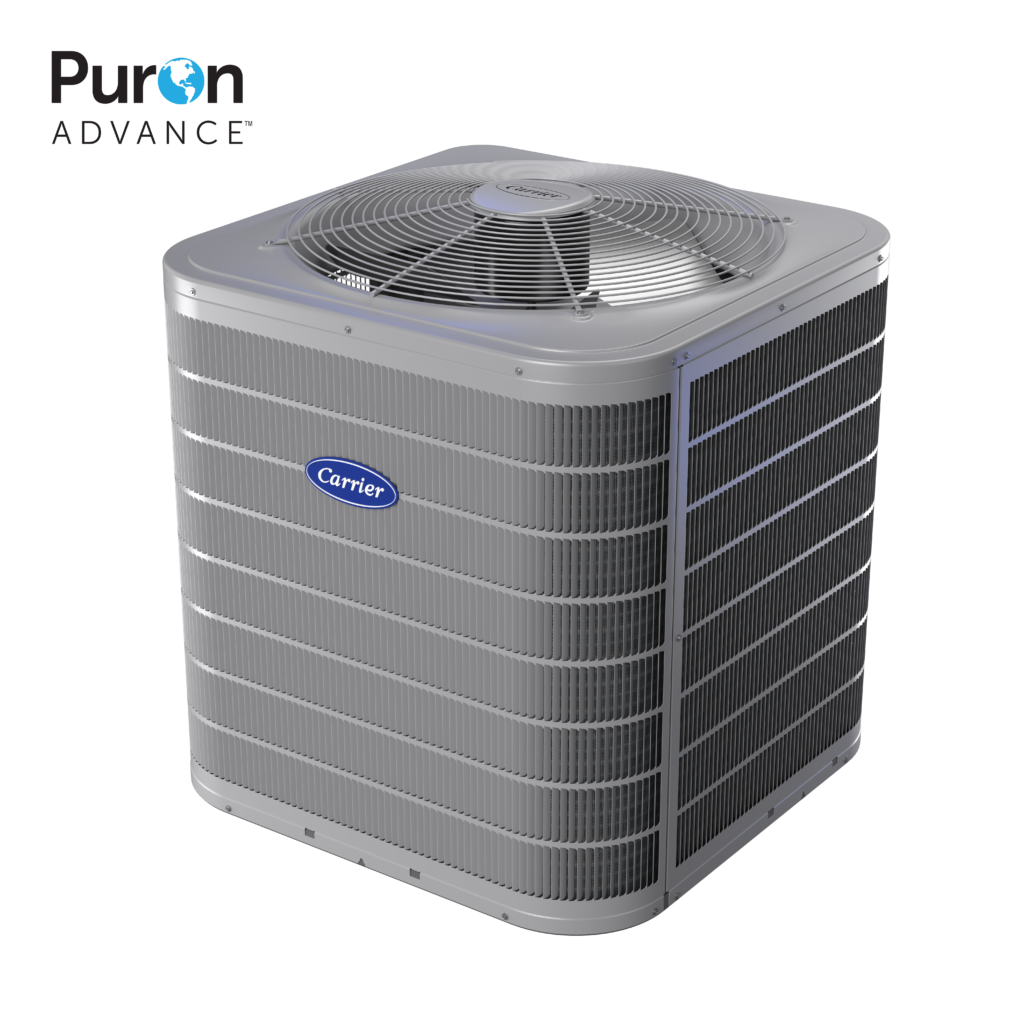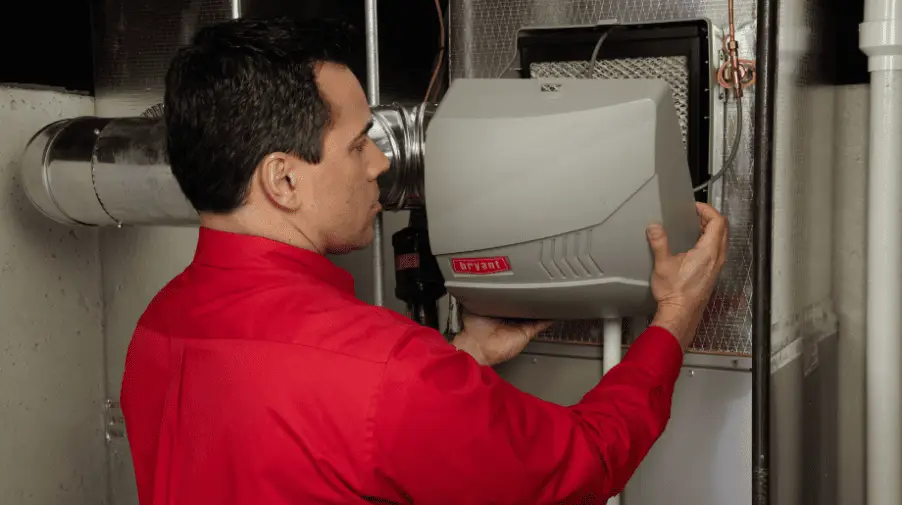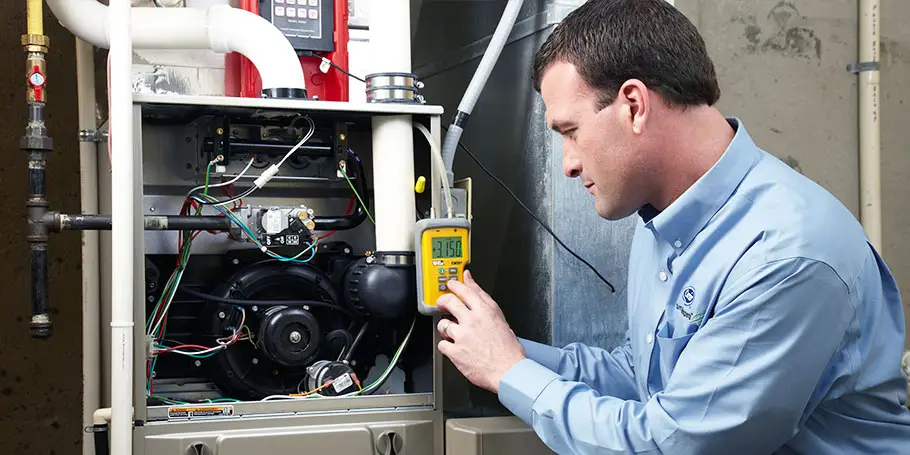Introduction to R-454B Refrigerant
R-454B refrigerant, also known by its trade name Opteon™ XL41, is a next-generation low global warming potential (GWP) refrigerant solution designed for use in air conditioning (AC) and refrigeration systems. It serves as a more environmentally friendly alternative to traditional hydrofluorocarbon (HFCs) refrigerants like R-410A, which have higher GWP and contribute significantly to climate change when released into the atmosphere.
The advent of R-454B comes amidst a growing concern for the environmental impact of refrigerants and the associated regulatory pressures to phase down the use of high-GWP HFCs. R-454B is a blend of hydrofluoroolefin (HFO) and HFC, specifically containing R-32 (difluoromethane) and R-1234yf (2,3,3,3-tetrafluoroprop-1-ene), which are known for their lower GWP values compared to many of the currently dominant refrigerants.
This refrigerant is designed to work in new systems and is characterized by its energy efficiency, safety, and compliance with increasingly strict environmental regulations. R-454B not only offers a lower GWP, reducing its impact on global warming by over 78% in comparison to R-410A, but it also provides improved energy performance, which can lead to reduced energy consumption and lower operational costs for end-users. As industries and governments worldwide push toward sustainability, R-454B is poised to be at the forefront of the change, helping users meet both their environmental and performance goals.
Environmental Impact of Traditional Refrigerants and the Rise of R-454B
For many years, traditional refrigerants like R-22 and R-410A have been standards within the HVAC industry. However, they come with significant environmental drawbacks. These hydrochlorofluorocarbon (HCFC) and hydrofluorocarbon (HFC) refrigerants have high Global Warming Potential (GWP) and Ozone Depletion Potential (ODP), contributing to climate change and the degradation of the ozone layer. As awareness of environmental issues has grown, regulatory measures such as the Montreal Protocol and its Kigali Amendment have been put in place to phase out substances that harm the atmosphere.
In this context, R-454B has emerged as a promising alternative. This next-generation refrigerant, also known as Opteon™ XL41, is part of the hydrofluoroolefin (HFO) family. What makes R-454B stand out is its much lower GWP—approximately 466, which is significantly less than R-410A’s GWP of over 2000. Additionally, R-454B has an ODP of zero, meaning it does not contribute to ozone depletion. The rise of R-454B aligns with a global shift towards sustainability and environmental responsibility in the refrigeration and air conditioning sectors. Its adoption is seen as a proactive step in reducing the carbon footprint of cooling systems and supporting international efforts to mitigate climate change. Manufacturers and industry leaders are recognizing the potential of R-454B and are positioning themselves to incorporate it into future products, paving the way for greener and more efficient refrigeration and air conditioning solutions
Key Properties and Efficiency of R-454B
R-454B, marketed under the trade name Opteon™ XL41, is a next-generation refrigerant that is capturing the attention of the HVAC industry due to its favorable properties and increased efficiency. A hydrofluoroolefin (HFO) blend, R-454B consists of R-32 and R-1234yf, resulting in a low Global Warming Potential (GWP) of 467, which is a substantial improvement over the GWP of 2088 for R-410A, its predecessor.
The thermodynamic characteristics of R-454B are refined for better performance. It possesses a higher cooling capacity and improved energy efficiency, which translates to lower electricity consumption for cooling systems, making it both environmentally and economically beneficial. These characteristics aid in meeting stringent energy regulations while providing the cooling power required on par or superior to traditional refrigerants.
In terms of safety, R-454B is classified as an A2L refrigerant, indicating that it has low flammability and low toxicity. While the mild flammability requires special handling and safety protocols, it is a manageable challenge given the environmental trade-offs. The design of air conditioning and refrigeration systems is adapting to accommodate the safe use of these A2L refrigerants.
For industries and applications prioritizing a reduction in carbon footprint without a sacrifice on performance, R-454B’s superior coefficient of performance (CoP) and relatively low discharge temperature make it an ideal choice. The low discharge temperature also minimizes stress on system components, potentially extending the life of equipment.
In summary, R-454B’s low GWP, improved energy efficiency, and favorable operational properties align it closely with the industry’s movement towards more sustainable solutions that do not compromise on the efficiency or safety expectations of current refrigeration systems.

Industry Adoption and Manufacturer Confidence in R-454B
The industry’s adoption of R-454B refrigerant has been on the rise, propelled by both its environmental benefits and performance parameters. Leading HVAC manufacturers and regulatory bodies have recognized that R-454B, with its lower Global Warming Potential (GWP) compared to widely used hydrofluorocarbons (HFCs) like R-410A, presents a more sustainable solution for air conditioning systems.
R-454B, also known by its trade name Opteon® XL41, is being hailed not just for its green credentials but also for its energy efficiency, safety profile, and compatibility with existing HVAC equipment designs, facilitating a smoother transition from older HFCs. Manufacturers are confident in pivoting to R-454B as it does not require a complete system overhaul – a strong selling point for industry stakeholders.
Carrier, a prominent player in the HVAC industry, has fully endorsed R-454B, choosing it as the optimal choice for its ducted residential and light commercial packaged solutions destined for the North American market. This endorsement also signals to service professionals and installers that R-454B is stable and reliable enough for widespread adoption.
Crucially, the anticipated regulatory phase-down of high-GWP refrigerants, in accordance with the Kigali Amendment to the Montreal Protocol, has fueled a proactive pivot to alternatives like R-454B. As a result, industry confidence in R-454B is solidifying, assuring its place as a cornerstone in the next generation of refrigerant technologies that combine sustainability with superior performance.
Overcoming the Transition Challenges from R-410A to R-454B
The shift from R-410A to R-454B involves a series of technical and logistical challenges that industry stakeholders must address to ensure a smooth transition. One of the initial hurdles is the need for redesigning HVAC systems. R-454B operates at a slightly higher pressure and differs in thermodynamic properties, necessitating modifications in the compressors, expansion devices, and other components to maintain efficiency and safety standards.
To facilitate the transition, manufacturers are investing in training programs for HVAC technicians, focusing on handling, safety protocols, and installation techniques specific to R-454B. This effort is crucial, as R-454B, while less harmful to the environment, is mildly flammable (classified as A2L). Ensuring technicians are well-versed in the new guidelines minimizes risks during installation and maintenance.
Suppliers and distributors must also adapt their storage and transportation facilities to comply with the regulations surrounding flammable refrigerants. The retrofitting of existing R-410A systems to accommodate R-454B is generally not recommended due to the potential risks and performance issues, making the management of phased-out refrigerant stocks another logistical aspect to consider.
Despite these challenges, the industry is making concerted efforts to align with regulatory mandates favoring low Global Warming Potential (GWP) refrigerants. Governments are facilitating this transition through policies, incentives, and certifications designed to encourage the adoption of eco-friendlier solutions like R-454B. As the industry adapts to this new norm, the combined commitment of manufacturers, technicians, and policymakers will be pivotal in achieving a successful shift toward sustainable refrigeration practices.
The Future of HVAC: Embracing Sustainable Refrigerants like R-454B
As the HVAC industry moves towards a greener and more sustainable future, the adoption of eco-friendlier refrigerants like R-454B is set to play a pivotal role. With its low Global Warming Potential (GWP) and improved energy efficiency, R-454B offers a promising alternative to its predecessors, aligning with the stringent environmental regulations and climate goals that are reshaping the industry.
The transition to R-454B aligns with international commitments such as the Kigali Amendment to the Montreal Protocol, which calls for a global phase-down of high-GWP hydrofluorocarbons (HFCs). Manufacturers and researchers are collaborating to minimize the carbon footprint of HVAC systems, while simultaneously meeting the rising demand for cooling and heating solutions amidst global temperature fluctuations.
Consumers are becoming more environmentally conscious, driving the market towards products that support sustainability. Training for HVAC professionals on the proper handling and installation of systems utilizing R-454B is becoming more widespread, ensuring that the workforce is prepared to support this shift. This transition not only reflects a technical change but also represents a major step in the cultural and operational adaptation within the sector.
As technology evolves, we can anticipate further innovation in this space, potentially leading to even more advanced and environmentally benign refrigerants. R-454B stands as a trailblazer, marking a significant milestone in the journey towards more sustainable HVAC solutions—a journey that balances environmental responsibilities with the human need for comfort and climatic control.
What Does This Mean For Customers?
At the moment, not much. If your air conditioner or heat pump is running efficiently, there’s no immediate action that needs to be taken. You still can use your AC with R410A Puron, in 2023, maybe Puron prices will rise and refills or repairs will rise in price. Also, be aware that the introduction of a new flammable refrigerant will require more professionalism from industry workers. We advise you to always contact licensed companies and not attempt to repair equipment yourself or hire non-professional workers. This can be dangerous for your home. If you need HVAC services, please contact our company, our employees are always trained on the latest security protocols and all industry trends.
- Environmental Impact of Traditional Refrigerants and the Rise of R-454B: Traditional refrigerants such as R-22 and R-410A have high GWP and ODP, causing environmental harm; R-454B offers a lower GWP and zero ozone depletion potential, supporting sustainability efforts.
- Key Properties and Efficiency of R-454B: R-454B features a low GWP of 467, higher cooling capacity, improved energy efficiency, and a safety profile as an A2L refrigerant, making it a qualified choice for modern HVAC systems.
- Industry Adoption and Manufacturer Confidence in R-454B: Leading HVAC manufacturers like Carrier endorse R-454B due to its environmental benefits and compatibility, with regulatory pressures accelerating industry shift to this greener refrigerant.
- Overcoming the Transition Challenges from R-410A to R-454B: Switching to R-454B requires system redesign, technician training, and logistical adjustments due to its different thermodynamic properties and flammability, but industry efforts are supporting a smooth transition.



